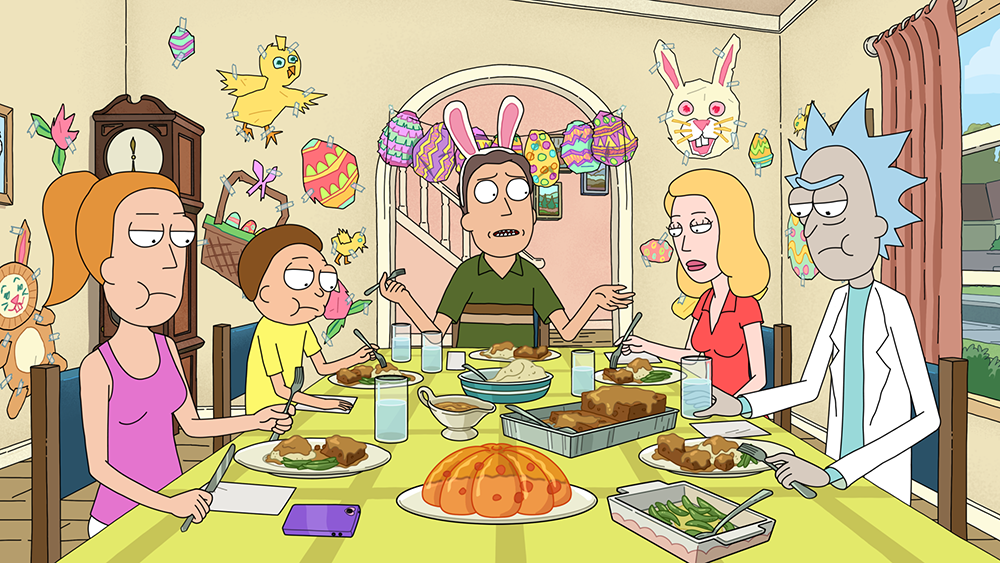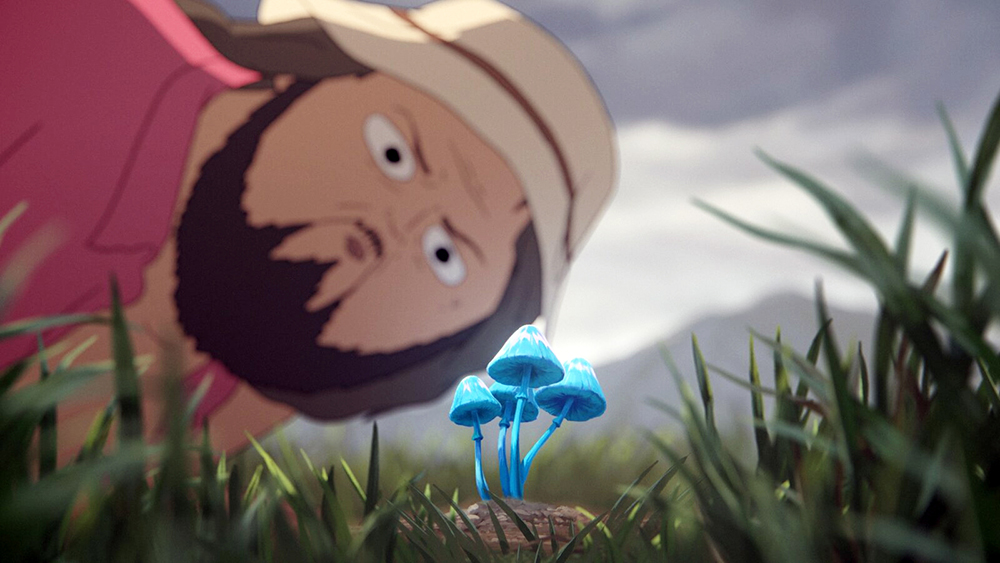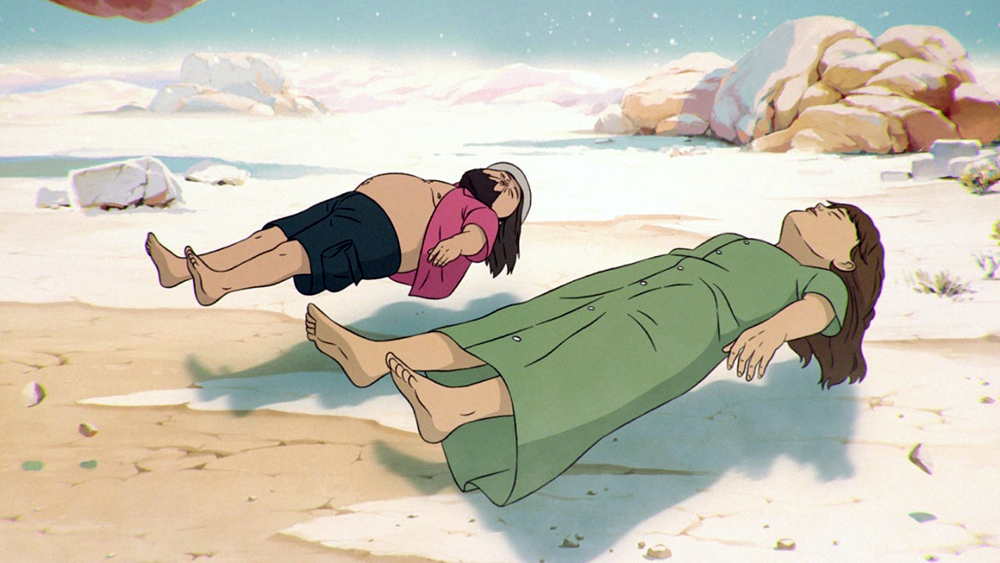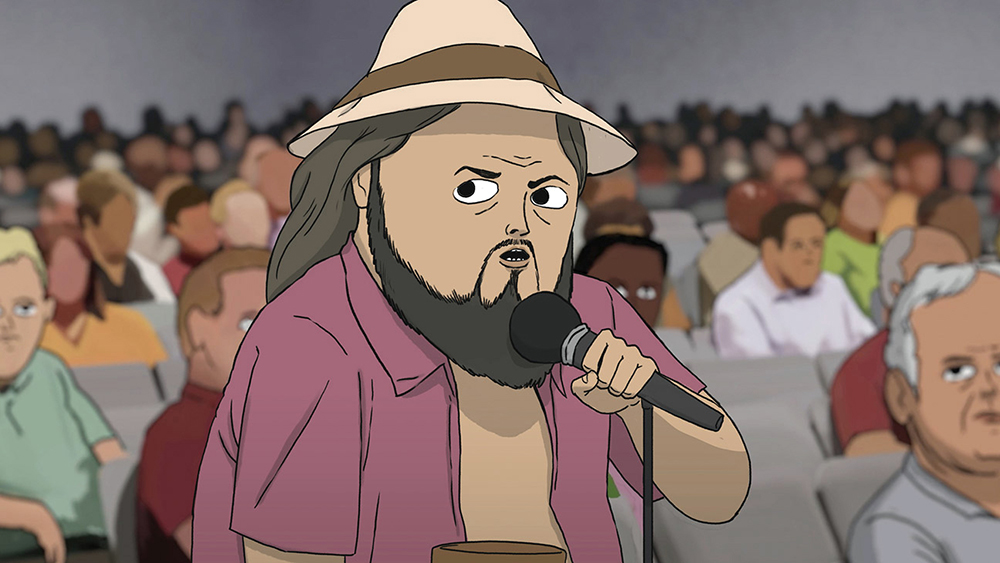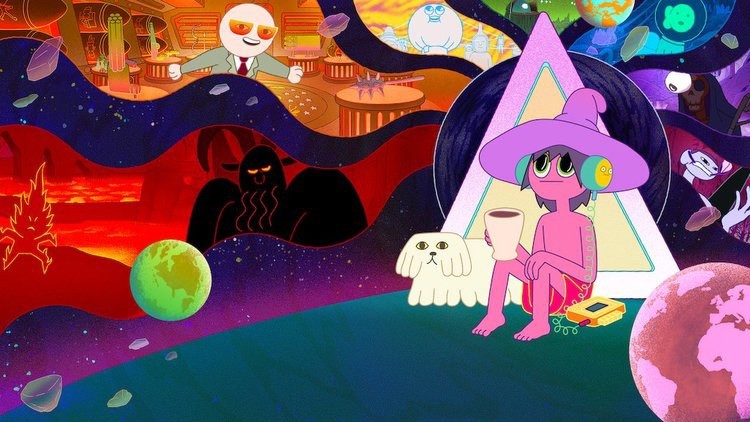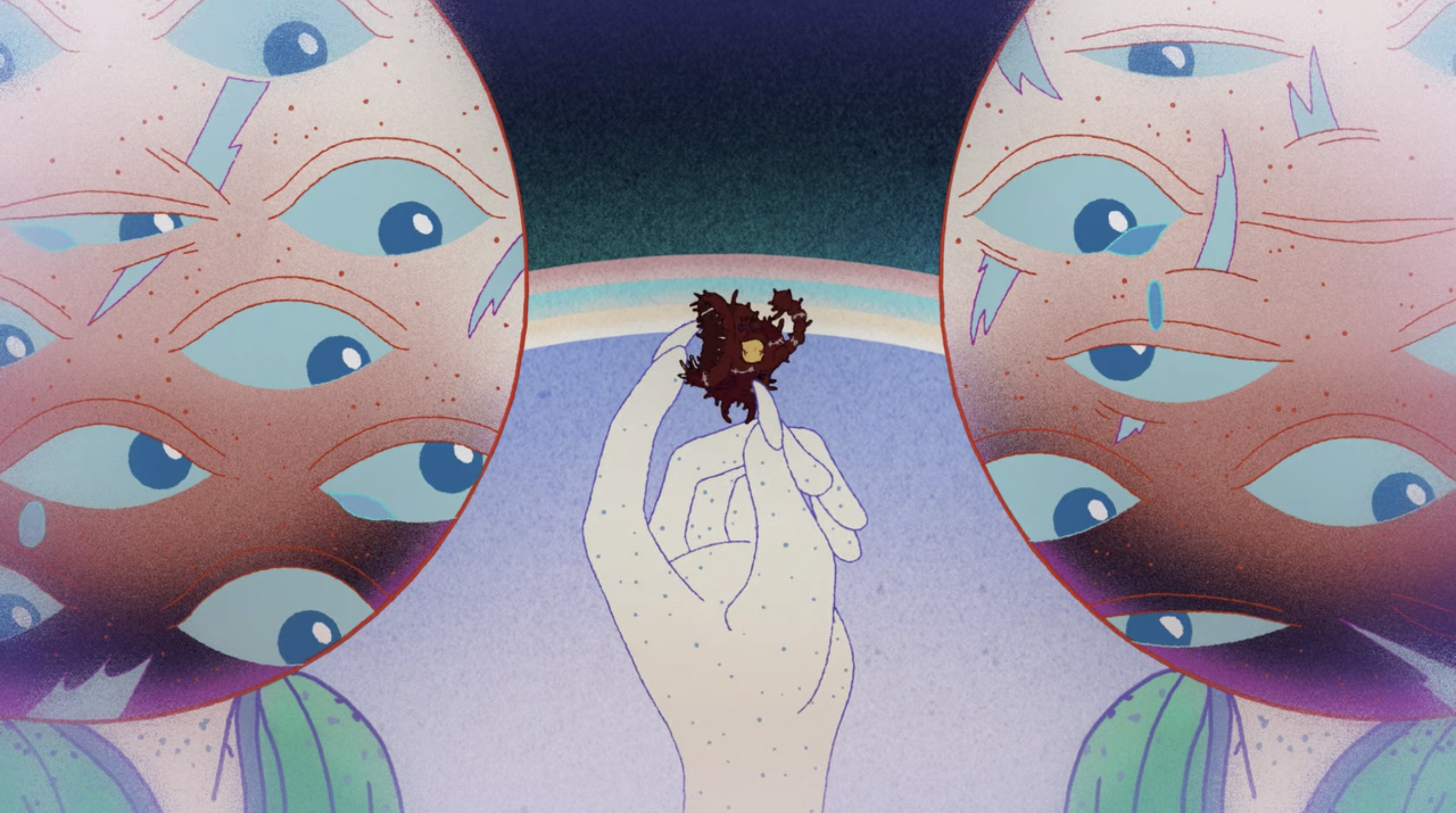In Episode 3 of Season 8 of Rick and Morty, one of the main characters’ innumerable clones and/or alternate reality versions accuses another of “falling victim to the ‘Auteur Myth’. Art is all about collaboration.”
It’s the kind of self-referential humor both the show’s fans and detractors have come to expect from the sci-fi comedy property. Rick and Morty first premiered on Adult Swim in the long-lost world of 2013. It quickly became a huge hit — a pretty surprising feat for such a strange and idiosyncratic show, which started as a short animated parody of Back to the Future by writer Justin Roiland. A lot has changed since then, both in the real world and on-screen. For the first three seasons, Roiland and Community creator Dan Harmon ran the show. After that, both creators stepped back and left the heavy lifting to other folks, like Scott Marder, now in his third season at the helm. Roiland stayed on to do the voices of both Rick Sanchez, the Doc Brown figure who invented portal travel between parallel universes, and Morty Smith, his ever-impressionable grandson who gets dragged along on wacky sci-fi adventures. But in 2023, Roiland left the show amid a domestic violence scandal, and word leaked out that Rick’s flamboyant alcoholism was the result of Roiland’s method acting. Roiland was replaced with two voice actors, and the crew, who had been working around Roiland for the years when the show brought both Emmy nominations and internet discourse home to Adult Swim, soldiered on.
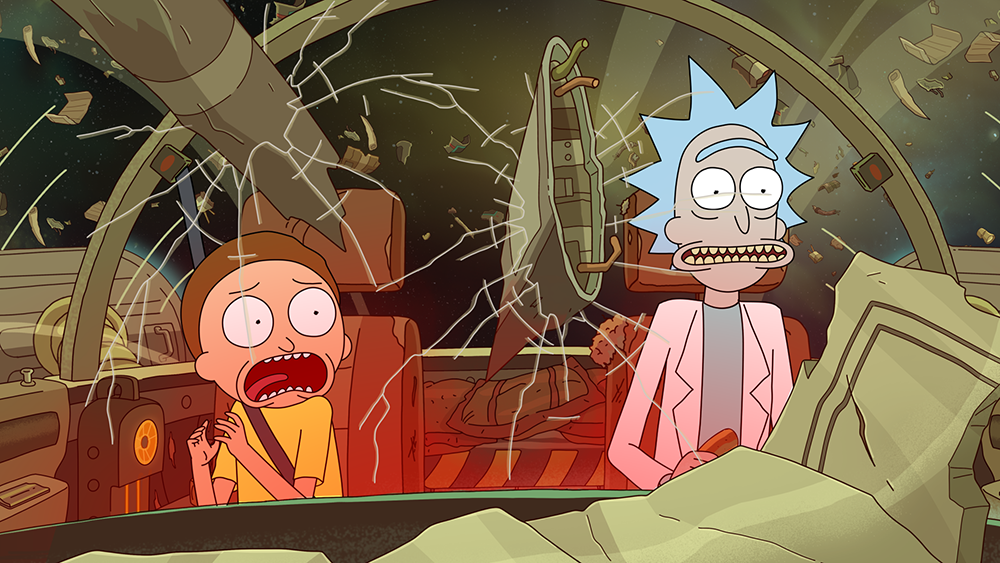
But can Rick and Morty work when the real Rick isn’t drunk? Season 8’s episodes show that it absolutely can deliver the kind of clever humor that it pioneered. But has the edge worn off? Yes, of course it has. The show, which has a deal that stretches for four more seasons after this one, is entering that Simpsons/South Park space of long-running shows that have to grow into, and transcend, their premise. And that, needless to say, is really hard. One problem is what you might call “lore creep.” The first season of Rick and Morty was mostly one-shot sci-fi premises twisted in on themselves. The classic “Lawnmower Dog” saw Rick elevating the family pooch’s brain to super-intelligence status and inadvertently triggering a worldwide canine revolution. But we never saw ol’ Snowball again. Yet over the seasons, we started to come back to more and more of Rick’s tragic backstory. The Citadel of Ricks, a giant space station where millions of alternate versions of Rick and Morty work together toward something like multiversal domination, began to dominate the show’s running time. The show’s writers, ever self-aware, even started to comment on fan demands to do more stuff like in Season 1 (“What does that even mean?” Rick complained.) After the Citadel was taken over by Evil Morty, he conspired to collapse much of the multiverse to fulfill his narcissistic need to be unique — and free the show from the weight of five seasons of increasingly convoluted backstory.
The wreckage of the Citadel serves as a setting for Episode 3, “The Rick, the Mort, and the Ugly.” While recovering space scrap left over from the final battle, Rick and Morty stumble across an asteroid where Rick is farming weird glowing crops. Our heroes quickly vacate the premises, but the story follows simple Farmer Rick through his day. When Farmer Rick goes for supplies, it is to a town filled with different versions of Morty, who, we eventually find out, are not alternate universe versions, but clones. A spaceship full of raiders (who are Ricks) arrive and kidnap Mortys for twisted genetic experiments, and Farmer Rick, who is an alternate universe Rick, must battle a Rick clone in the mold of an evil Southern plantation owner. The episode abounds with the kind of conceptual twists and turns that have made the show’s reputation, like a craps game with robot dice who fight each other, and the fact that the clones are grossed out by non-clones. “Someone made you — with sex!” sneers Boss Hogg Rick. The episode is an attempt to have it both ways: a clean slate for new adventures, and the multiverse shenanigans that have introduced literally hundreds of character variations over the years.
The season premiere, “The Summer of All Fears,” also finds ways to iterate on the core characters. Summer (voiced by Spencer Grammer) and Morty (Harry Belden) begin the season trapped in a Matrix-style simulation by Rick (Ian Cardoni) because he was angry that one of his grandchildren stole his phone charger. Rick then drifts off to sleep, leaving his grandkids to subjectively age two decades in the simulation overnight. Summer, now mentally in her early 40s, managed to become a phone-charging tech mogul, while Morty went to prison and then joined the Army to go to war against a phone-charger-related Al-Qaeda clone. Back in the real world, the pair no longer relate to their former lives. Summer tries to break her mother Beth (Sarah Chalke) out of her midlife rut, while Morty builds a killdozer and goes on a PTSD-fueled rampage through a nuclear power plant. Episode 4, “The Last Temptation of Jerry,” is a self-conscious riff on the show’s ridiculous Thanksgiving meta-mythology that combines Ridley Scott’s Prometheus with the Easter Bunny and the Tim Allen vehicle The Santa Clause. Summer delivers the moral of the story: “You just wanted to celebrate a holiday with your family. Now you know never to do that again.”
Rick and Morty isn’t as fresh as it used to be, and the multiverse conceit it pioneered has spread to Marvel movies and Everything Everywhere All at Once. But it’s still able to deliver laughs and the WTF? What used to be edgy is now comfortingly familiar, and that’s not entirely a bad thing.
New episodes of Rick and Morty premiere Sunday nights at 10 p.m. CDT on Cartoon Network, then stream on Max.
